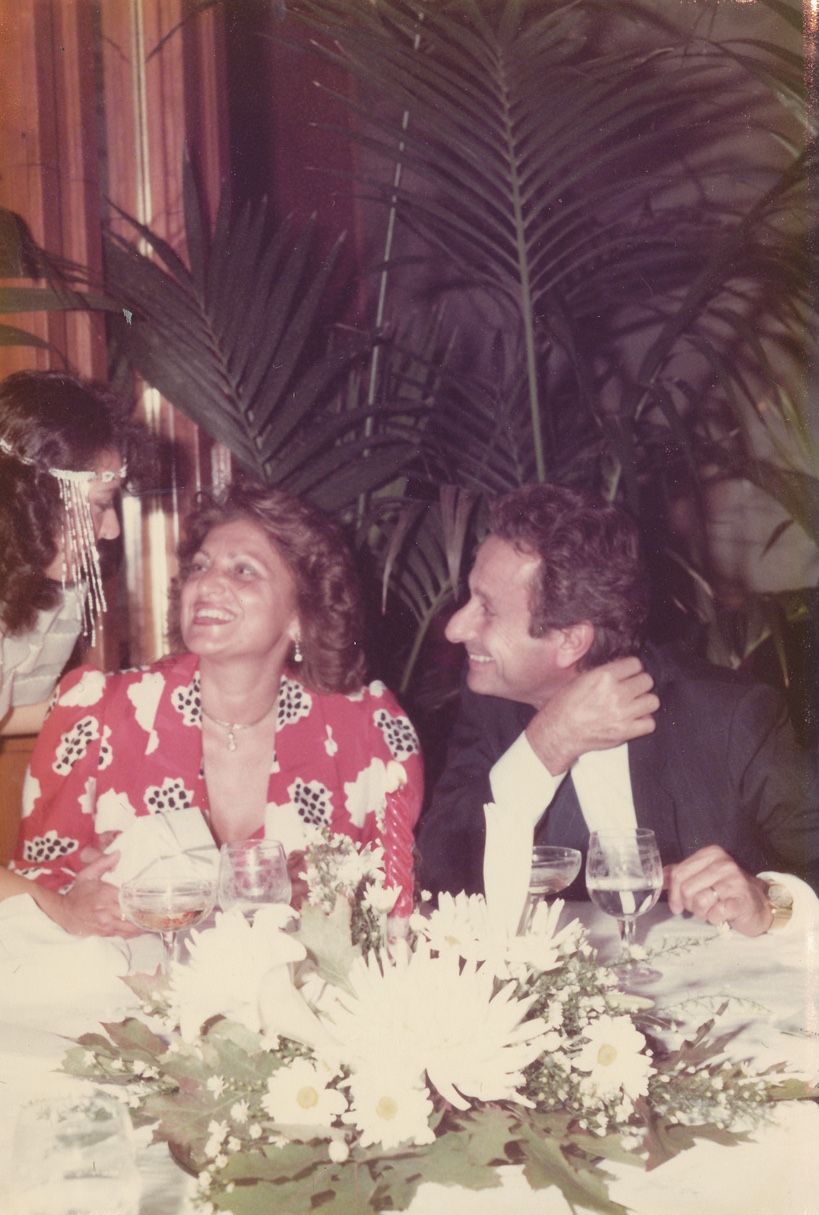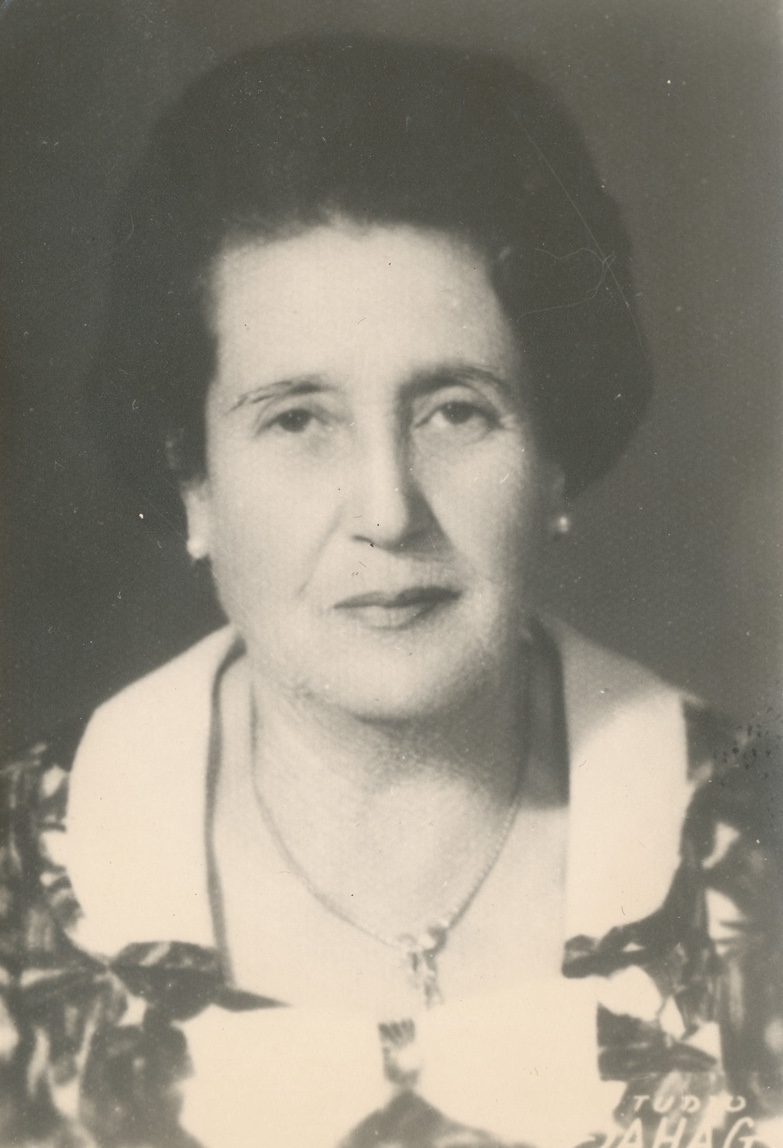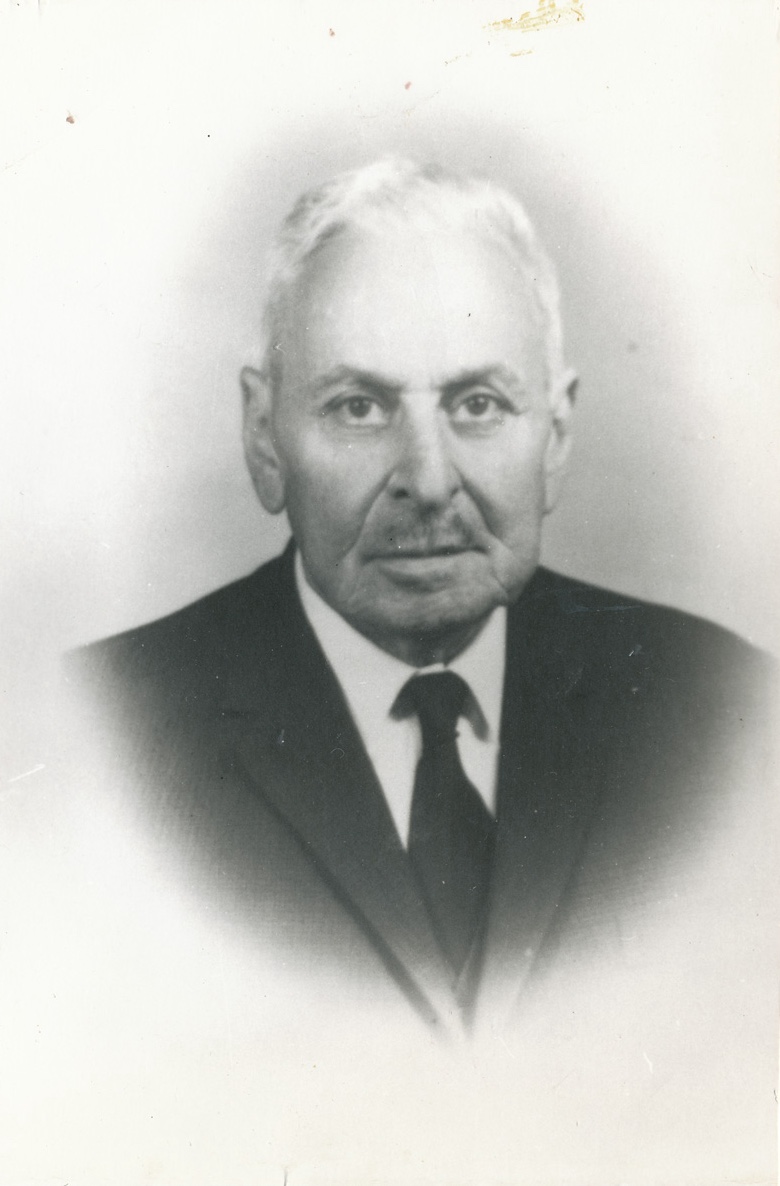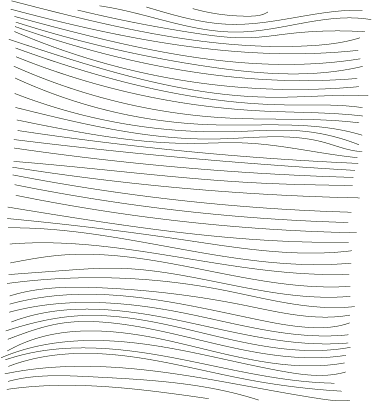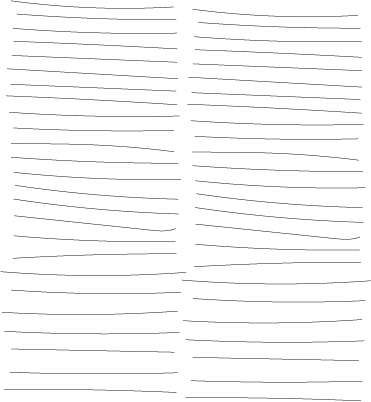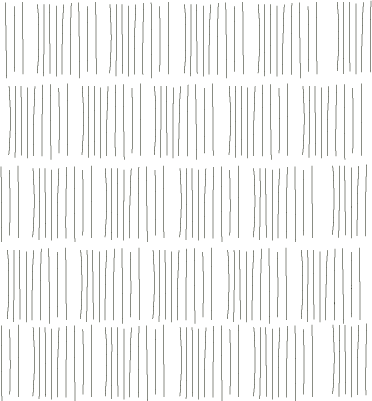Clement Tachè was born in Damascus, Syria, in September 1931. His parents, Yusef and Bahia Kamkhaji, were Syrians of long standing, part of a community that had been deeply rooted in that land for centuries. The family was large, consisting of seven other siblings: Jacques, Marco, Simon, David, Emilie, Lucie, and Mida. The Tachè family lived in the Shaar al-Yahud neighborhood, an elegant avenue primarily inhabited by wealthy Jews, in contrast to Harat al-Yahud, where less fortunate families resided. The Tachè home was spacious, with two floors and a large garden, and it included the workshop used by Clement’s father, who was a goldsmith.
In the streets of Damascus and within the walls of his home, Clement spoke Arabic, but both he and his siblings received a Jewish education in the French schools run by the Alliance Israélite Universelle. Until the mid-1940s, Clement recalls a relatively peaceful coexistence between Jews and Muslims, though he remembers witnessing the first signs of intolerance against Jews as a teenager.
In the streets of Damascus and within the walls of his home, Clement spoke Arabic, but both he and his siblings received a Jewish education in the French schools run by the Alliance Israélite Universelle. Until the mid-1940s, Clement recalls a relatively peaceful coexistence between Jews and Muslims, though he remembers witnessing the first signs of intolerance against Jews as a teenager.

I told my mother: “I can no longer live in this country after seeing these scenes”
Trascrizione
Clement Tachè:
The main reason I wanted [to leave Syria] was because one day, I wentI to the cinema and saw the news. They were showing the crematoriums, and people in the theater were applauding when they saw people being burned [there]. I was very shocked.
Interviewer:
What year was this, roughly? ’45?
Clement Tachè:
Yes, ’44 or ’45, just a few months before, because I left [Syria] in April 1945. There were emissaries from Palestine encouraging young Jews to go to Palestine.
Interviewer:
So, they came?
Clement Tachè:
Yes, yes, yes. I was influenced, and then I went home and told my mother: “I can no longer live in this country after seeing these scenes.”
During these turbulent years, Clement, still very young, became involved in Zionist movements. The idea of emigrating grew stronger, fueled by the uncertainty surrounding the Jewish community in Syria. Many began to leave the country, seeking a safer place to live. Marco, the eldest brother, was the first to leave, moving to Tel Aviv, where the family owned a jewelry shop. At just under fourteen years old, Clement decided to join him, and he and another boy crossed Lebanon, passing through Tyre, and then crossed the border on foot until they reached Kibbutz Ir Ha-Shaar.

When darkness fell, we started walking
Transcript
Clement Tachè:
I wasn’t yet sixteen, it was the end of ’47.
Interviewer:
But did you leave alone?
Clement Tachè:
Yes, with someone who helped me cross, we were two, two Jews. A Muslim helped us cross, he was the one…
Interviewer:
And you went to Palestine…
Clement Tachè:
Yes, we arrived at a Kibbutz, Ir Ha-Shaar, maybe around four, four thirty in the morning.
Interviewer:
Was it by chance, or was it prearranged?
Clement Tachè:
No, no, it was planned. He was supposed to bring us to this kibbutz, and they feared British raids because if they saw people [entering illegally], they would imprison them. They hid us in a cowshed for two or three hours that night so we wouldn’t be discovered.
Interviewer:
Where did you enter Palestine?
Clement Tachè:
From Lebanon, from Tyre, and then when darkness fell, we started walking. We walked through the mountains from about nine in the evening until four in the morning in order to reach this kibbutz.
Interviewer:
And was that the fastest way to get to Palestine?
Clement Tachè:
I don’t know, but the person who helped us cross the border knew this route.
Interviewer:
And did you have to pay?
Clement Tachè:
Yes, of course. My brother-in-law in Lebanon knew him. Once we arrived…I happened to have twenty dollars, that was all I had in my pocket. On the way, he said, “Be careful, if you have money, give it to me, because there are sometimes thieves.” I gave it to him, but then when we arrived, he left. I arrived without a penny. When the first bus service from the kibbutz to Haifa started, they sent us to the Sochnut [Jewish Agency]. The Sochnut asked if I had any relatives. [I replied:] “I have my brother.” Marco, who was in Tel Aviv, had a jewelry store. So they gave me a bus ticket from Haifa to Tel Aviv. I arrived in Tel Aviv and went to my brother.
Once in Tel Aviv, Clement was reunited with his brother Marco. After 1948, their other brothers Simon and David also joined them in Israel. In the same year, the rest of the family, exhausted by the precarious conditions facing the Jews in Damascus, moved to Lebanon, leaving everything they owned in Syria. In 1951, Clement left Israel for Paris, where he stayed until the end of 1956. He studied French civilization at the Sorbonne and continued to manage the family’s jewelry business. Crossing all these borders made it impossible for Clement to return to the Middle East to visit his parents: after the founding of the State of Israel, Clement obtained an Israeli passport, losing the ability to return to Lebanon. He only managed to see his parents again in the mid-1950s after he obtained a Mexican passport.

with that Mexican passport, I was able to go to Beirut
Transcript
Clement Tachè:
When I was in France, I couldn’t go [to Lebanon]. So they got me a Mexican passport in Lebanon, and with that Mexican passport, I was able to go to Beirut twice in ’55–’56. But later, when I moved to Venezuela, that’s when I truly naturalized, and I obtained a Venezuelan passport. Then I could go to Lebanon without any problems.
After a brief return to Israel, called back for military service during the Suez War, Clement went to Antwerp to visit his brother Jacques, who was engaged in the diamond trade. However, in early 1957, he reunited with his brother Marco, who in the meantime had moved to Caracas. In the early 1960s, life in Venezuela became difficult due to the revolution, and the diamond trade was no longer as profitable as it once was. Having already visited Italy and feeling drawn to the country, Clement decided to move to Milan in 1960, where there was already a small community of Syrian Jews.
Clement continued to work as a wholesale diamond trader, and thanks to his Venezuelan passport, he visited his parents in Beirut every summer. During one of these stays, he met his future wife, Yona Katri. The two married in 1962, the year Yona also moved to Italy, beginning a new phase of their life together.

